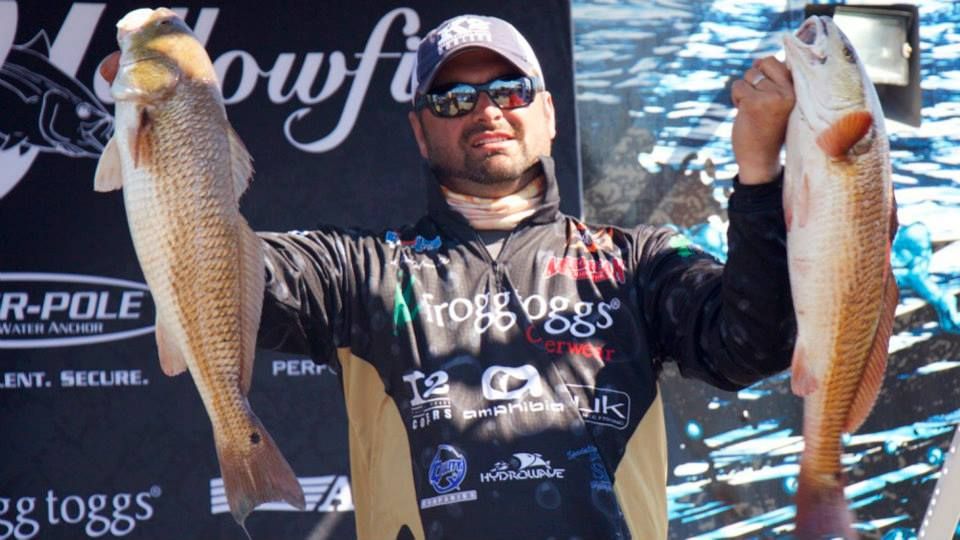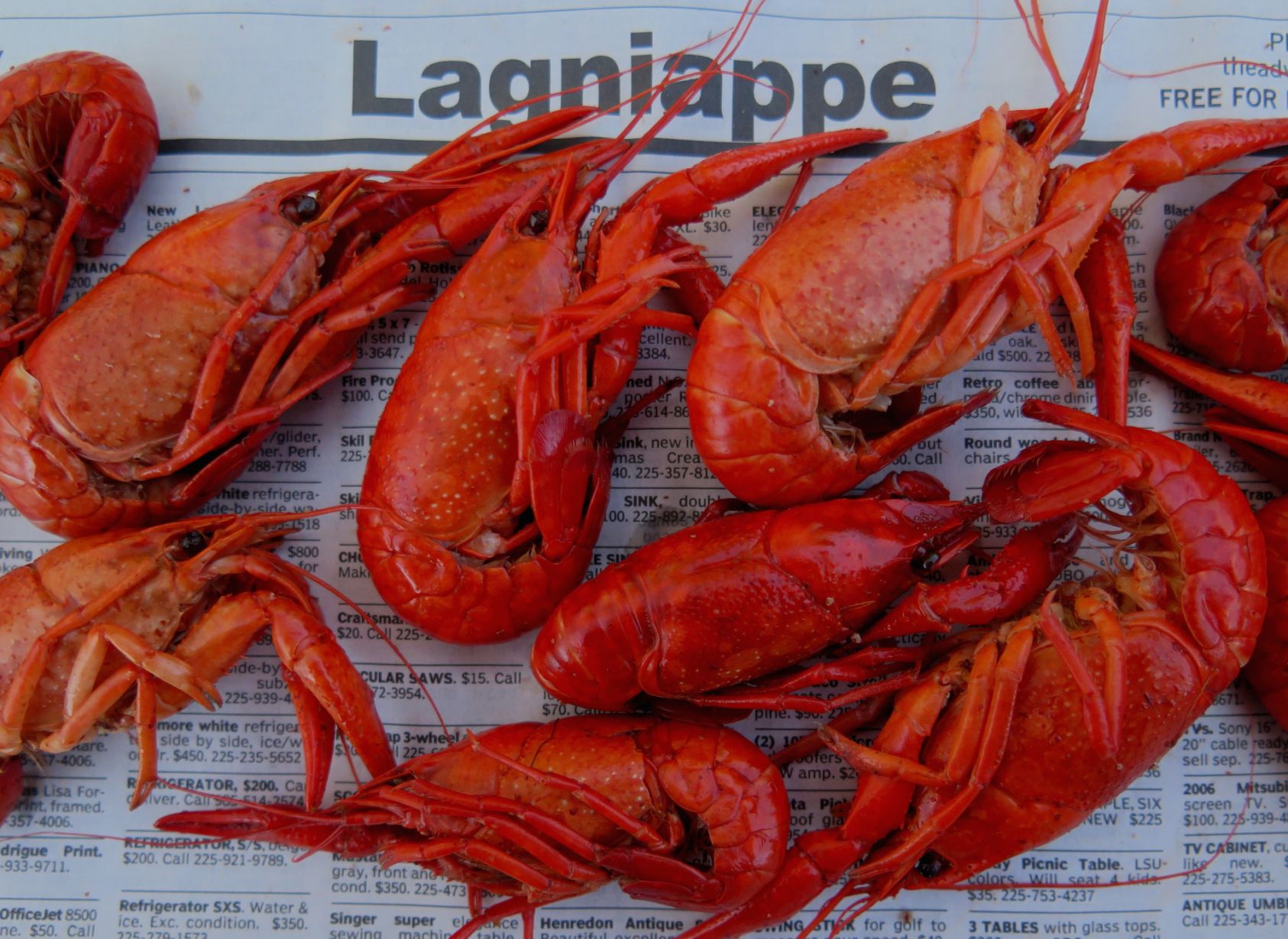
Snaggin’ Reds! Dufrene finds success on pro redfishing series
April 7, 2015
Violation risk for snapper anglers
April 7, 2015Spring is here. And if you’re a hunter or wildlife lover, this season may also bring thoughts of the upcoming fall and winter days afield, and … how to enhance the experience.
By increasing concentrations of wildlife on natural areas through food plot plantings, the likelihood of encountering them are greatly increased.
Also, by providing nutritious supplemental food plantings, the health and quality of wildlife can be enhanced, which is a huge boost to this area.
So, what to plant and when? Here are some warm season (Spring) food plot planting recommendations from Dr. Don Reed, the LSU AgCenter’s Wildlife Specialist.
American jointvetch
April 1 – June 1
Jointvetch is a reseeding legume that will grow on sites too wet to support most other food plot items. Plant at the rate of 10 to 20 pounds of seed per acre on a well-prepared seedbed. Jointvetch requires fertilization at the rate of 200 – 300 pounds per acre of 0-10-20, and soils should be limed if pH is 5.0 or lower. Established plots produce quality grazing from June through November.
Soybeans and cowpeas
May 10 – July 15
Soybeans and cowpeas are among the most preferred food items that deer will use where available. Their high use potential is evident by the fact that small plantings have almost no success for establishment on areas with high deer densities. Seeds can be row planted or broadcast at the rate of 15 – 25 pounds per acre for cowpeas and 30 – 50 pounds per acre for soybeans. Varieties have maturity dates ranging from mid-September to late October. Maturity dates are not of tremendous importance, however, because of the use of both vegetative and seed portions of the plant. Fertilization requirements should be based on a soil analysis; liming is required when pH falls below 6.0.
Corn
April 1 – May 1
Corn is a high carbohydrate food item that deer will readily use upon maturity. It has the added benefit of providing cover for deer late in the summer when standing stalks are “worked over” to obtain seed from the mature ears. Plant at 10 to 12 pounds per acre in 36-inch rows or broadcast at the rate of 12 to 15 pounds per acre on a well-prepared seedbed. A balanced blend of fertilizer such as 13-13-13 is recommended on poorer soils; liming should be performed to bring soil pH between 6.5 and 7.0.
Alyce Clover
May 1 – June 15
Alyce Clover is a warm season legume that is used by deer in the summer and early fall. It holds up well to grazing pressure, unlike most other warm season forages. Alyce Clover provides supplemental nutrients to benefit doe lactation, fawn production and antler development in bucks. It can be drilled at 16 pounds per acre or broadcast at the rate of 15 to 20 pounds per acre farmed. Fertilize at the rate of 200 pounds per acre with 0-14-14 after planting is established. For best results, soil pH should range from neutral to slightly acidic (6.5 – 7.0).
Lab Lab
April 15 – June 15
Lab Lab, a warm season legume, is noted for its tolerance to extremely dry conditions. It is a fast-growing erect plant that is a perennial even though it does not readily reseed. Newly established plantings are extremely sensitive to competition, which makes weed control necessary to achieve desired results. Seeds can be drilled at the rate of 5 to 10 pounds per acre or broadcast at 10 to 20 pounds per acre. Fertilize at the rate of 300 pounds per acre with 0-20-20, and establish a soil pH in the range of 6.5 to 7.0.
Milo
April 15 – June 15
Milo or Grain Sorghum is a hardy warm-season annual that white-tailed deer along with many upland game bird species feed upon once seed has established on the plant. Dwarf varieties producing seeds of low tannin content should be chosen for wildlife food plots. Seed should be drilled at 8 pounds per acre in 24- to 36-inch rows, or broadcast at the rate of 12 to 15 pounds per acre. Seed production can reach 5,000 pounds per acre on fertile soils and seed are used over extended periods, making this an excellent planting choice.
Soil tests of the area should be performed before planting and it is recommended that all seed be lightly covered with soil after planting to encourage increased germination success.
Much more information concerning planting and managing food plots for wildlife is available on the LSU AgCenter’s website at lsuagcenter.com. Just search for “food plots” and see what you can find. Also, recommended specific publications that you should find helpful and are available on the site include: “Food Plot Plantings for White-tailed Deer in Louisiana”, “Concepts of Soil Fertility for Hunter Food Plots”, and “Crops for Wildlife Plantings Recommendations, Establishment & Management”.
Finally, if you’re interested in learning more about deer-specific wildlife management, you may want to attend our upcoming area LSU AgCenter wildlife field day. The event will be held at the Arceneaux Whitetail Ranch in Larose on Thursday, April 23. Covered at the field day will be food plot forage varieties demonstration, quality deer management, deer season updates, and other wildlife management recommendations. More information about the field day is available at bayoulog.com/events and the “Louisiana Wildlife” Facebook group.
Alan Matherne is the Louisiana Sea Grant / LSU AgCenter Marine Extension Agent specializing in Coastal, Fisheries, & Wildlife Outreach for Terrebonne, Lafourche, and Assumption parishes. He can be contacted at 985-873-6495 or amatherne@agcenter.lsu.edu. His articles and blogs are posted at bayoulog.com. You can “Friend” him on Facebook at facebook.com/alan.matherne and follow his “Tweets” on Twitter at twitter.com/amatherne.








